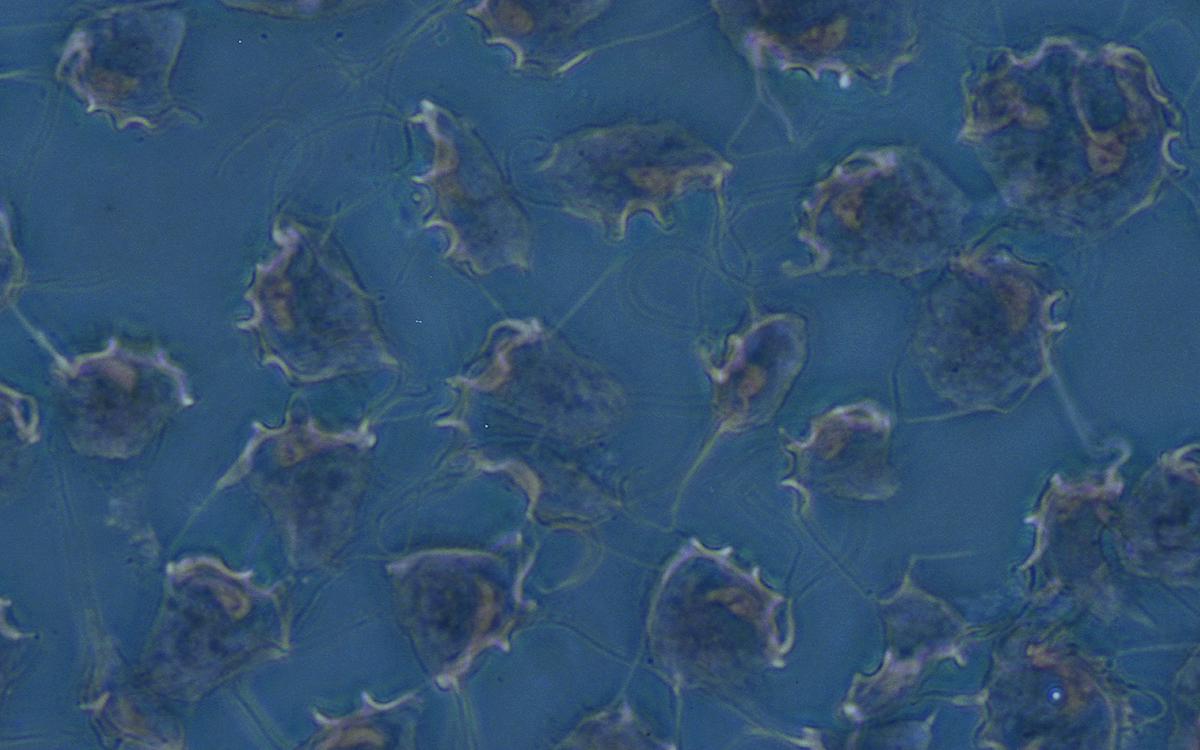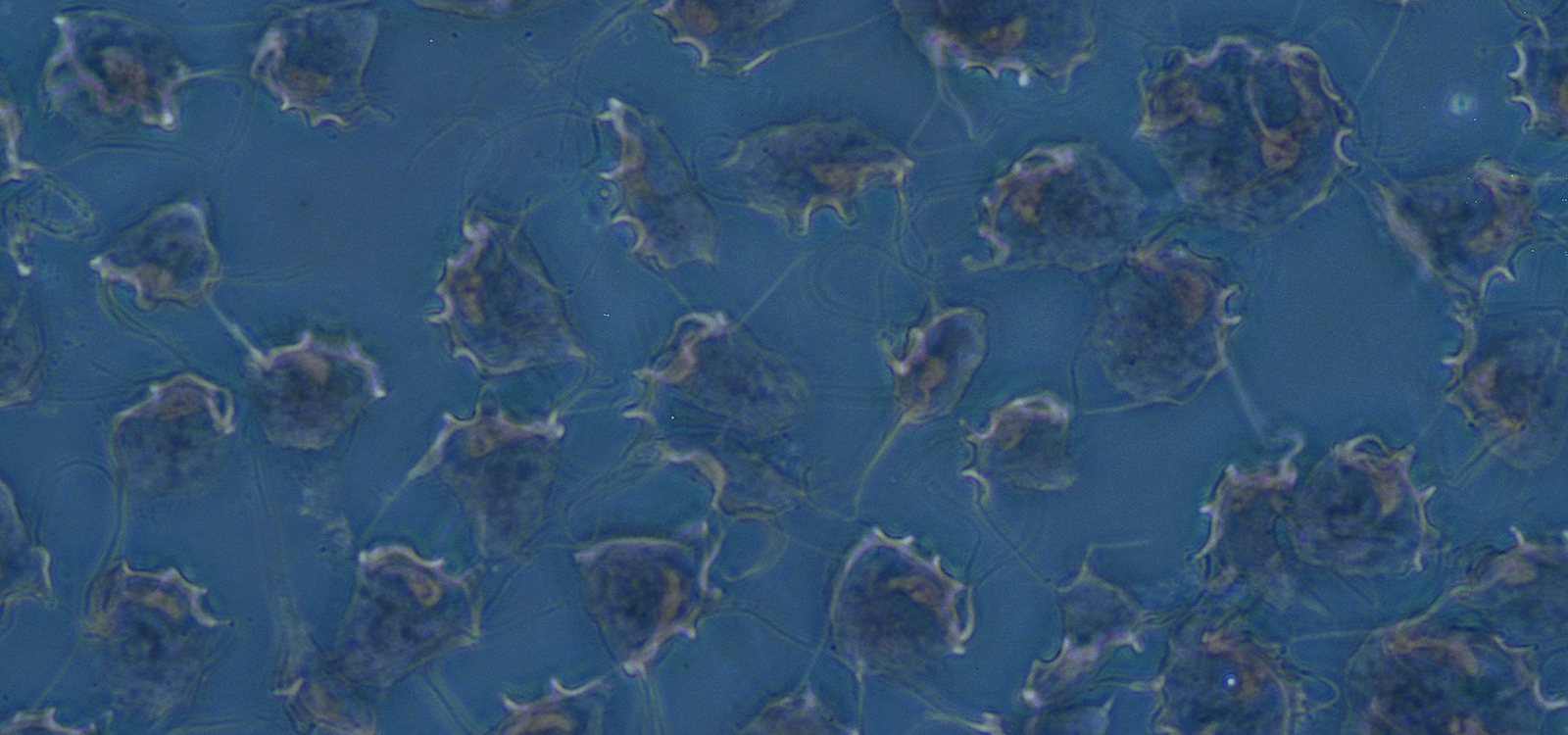What you should know
Risks for transmission
- Trichomoniasis is more common in people who have multiple sexual partners
- It can be transmitted through unprotected sexual activity, including mutual masturbation and sharing of sex toys
Symptoms
- Men tend to have fewer symptoms than women
- 10-50% of infected people don’t have symptoms
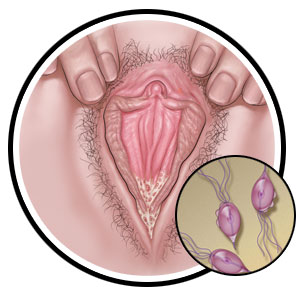
Female
- Itchiness
- Vaginal discharge is off-white or yellowish-green, frothy, and malodorous
- Pain or burning while urinating
- Pain during intercourse
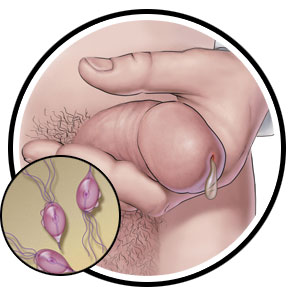
Male
- Pain or burning while urinating
- Discharge from the penis
Prevention
- Condoms can help prevent the spread of Trichomoniasis.
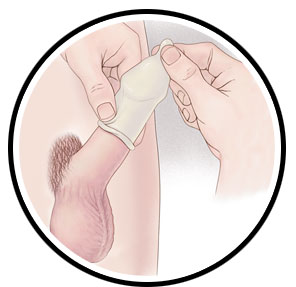
Testing
- Testing for Trichomoniasis is done by physical exam, examining discharge under a microscope, and swabbing the affected area for culture
- If the test comes back positive for Trichomoniasis (for either you or your partner(s),) you may need to have further tests done to check for other possible infections
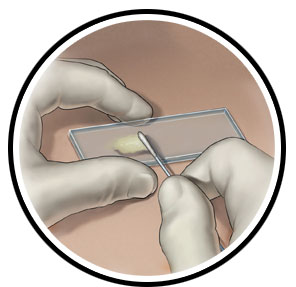
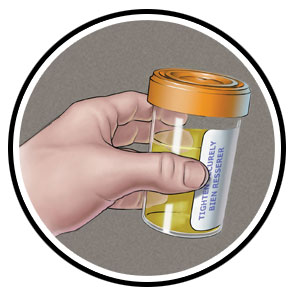
Treatment
- Trichomoniasis can be treated with oral antibiotics by mouth
- Both sexual partners should receive treatment
- It is important to get treated early to prevent complications
- No sexual intercourse until the treatment is completed for both partners
Complications
- Trichomoniasis infections can increase the risk of acquiring and transmitting HIV for both men and women.
- “Trich” may occur in conjunction with other STIs, such as gonorrhea, chlamydia, syphilis, HIV and hepatitis B.
- In pregnancy, Trichomoniasis infection may increase the risk of pre-term delivery, premature rupture of the membranes or low birth weight.
